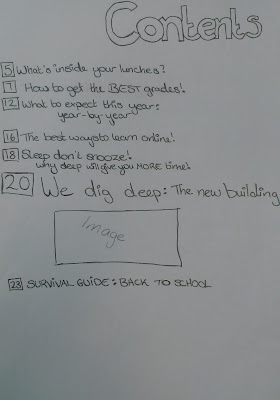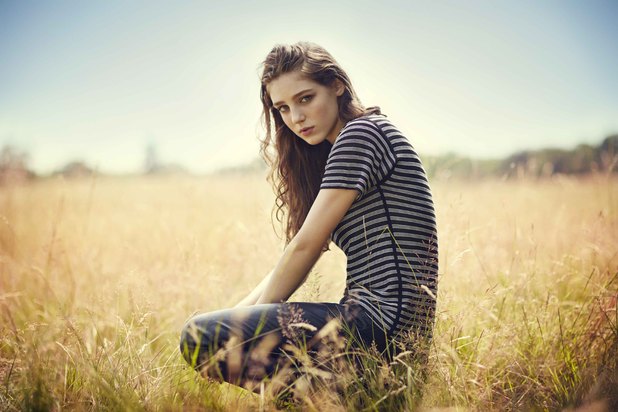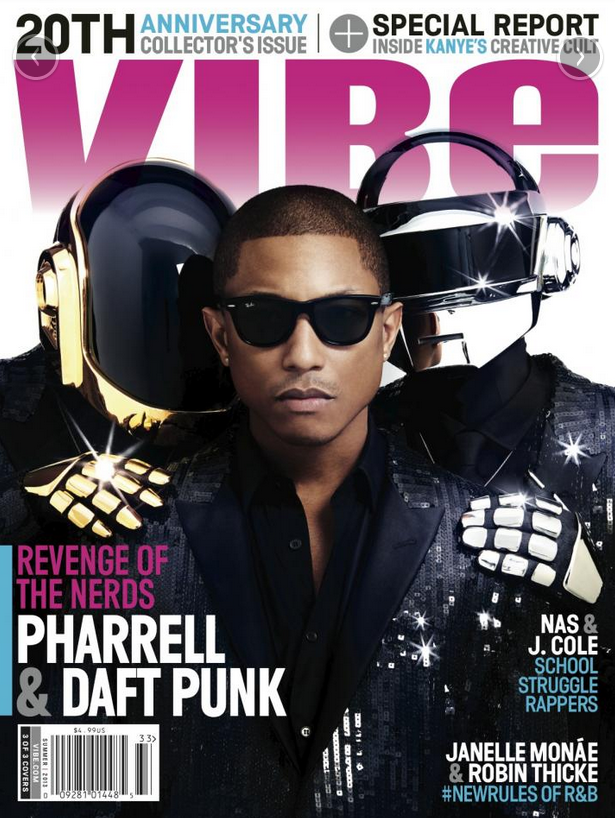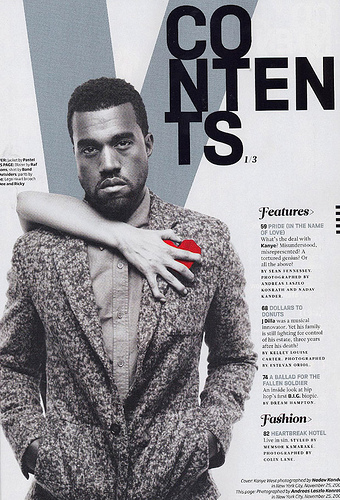- PopArt
- Acoustic
- ListenUp
- Hear This
- Mono
- Cover
- Live - We Live Sound. We Live Music.
- ArtMusic - Music is Art
- M.I.A - Music is Art
- Lyrical
- IndieVisual
- The Alternative
- Songbird
There were several name ideas that were fairly easy to eliminate. The obviously music related words (e.g. "Lyrical" and "Acoustic") are too literal for magazine names. Therefore I got rid of them.
Acoustic
Mono
Cover
Lyrical
Another name I decided did not work was "
Listen Up", because I thought the name sounded more like it was related to urban/pop music.
With the remaining names, I created a 'moodboard' style page of names on photoshop, to see which of them visually looked good as a magazine name.

There were certain names which I felt instantly did not work.
- hearTHIS
- ARTmusic
- MIA
- PopArt
- Songbird
The first name "hearTHIS" didn't work, because it didn't visually look like a magazine name (it was more likely to look like a sell line). Also, I found that, as it didn't look right, it didn't stand out amongst the other names.
"ARTmusic" didn't work for me, because I don't think it was as clear who my target audience was.
Although I liked the name "PopArt" and its play on words, the mention of the word 'pop' would suggest that my magazine is in that genre, and therefore would attract the wrong target audience.
"MIA" also felt wrong because (as with ARTmusic) my target audience was unclear. Also, I think it is too closely associated to 'missing in action' to ever be related to the magazine.
Lastly, the name "Songbird" was instantly a no for me because it seemed like it would too directly target a female audience, and this would alienate a huge part of my potential audience. Also, music magazines are more popular with men. Therefore I feel it is important to target them with my magazine.
I was then left with 3 names:
- IndieVisual
- The Alternative
- Live - We Live Sound. We Live Music.
I ruled out "
The Alternative" as I felt it sounded to much like a newspaper and therefore too formal.
Out of the two remaining names I decided to use "IndieVisual".
I decided to use the name "IndieVisual" because I thought it was an interesting play on words. Also, the name is short enough for people to remember easily, without being too short that the name isn't distinct enough. The name flows well and therefore is more marketable.
In terms of the name's connotations, I feel "IndieVisual" sums up everything the magazine should be about. It clearly displays the genre whilst also suggesting that the magazine is a visual extension of the music the readers like.











































